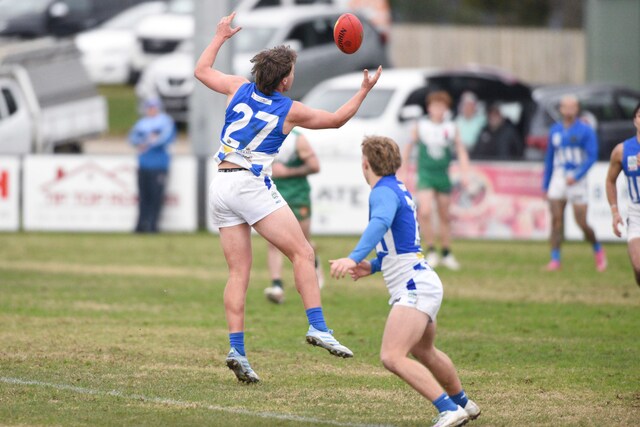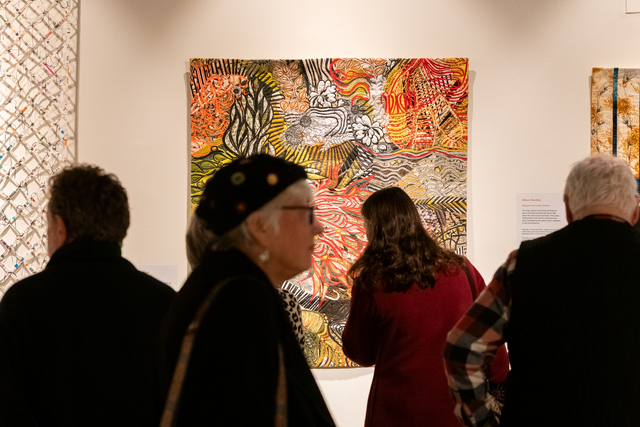By Casey Neill
A PEA-sized bug is threatening to destroy elm trees in the Dandenong Ranges.
But experts say owners can take simple steps to save their trees from the ravenous elm leaf beetle.
Olinda Landcare Group has been working with not-for-profit organisation Friends of the Elms to make the hills community aware of the threat.
“This is the first year that it has been like this up here,” Olinda Landcare Group’s Barbara Setchell said.
“It’s widespread now.”
Ms Setchell said an infested tree left untreated would eventually die.
“It is important for residents to check their trees – before they lose their leaves – for the earliest signs of beetle damage,” she said.
“This is not the optimum time to treat the beetle, but right now it is easy to identify heavy infestation and to be watchful for early signs of leaf damage.”
Ms Setchell said elms usually turned gold before losing their leaves in late autumn.
“The current early leaf fall comes as a result of beetle infestation,” she said.
Affected leaves will be a dull brown colour riddled with small holes or completely skeletonised.
Ms Setchell said many people mistook the infestation for Dutch elm disease.
“Elm leaf beetle is the vector which allows Dutch elm disease into the tree,” she said. “We don’t have that in the country yet, but it’s in New Zealand, so it’s bound to come in at some point.
“So, knocking the elm leaf beetle now is going to save your tree.”
Adult beetles are yellow or olive in colour with black stripes and about the size of a pea.
They settle in roofs, wood heaps or other dark places for the winter.
“When the adults emerge from hibernation next spring, they will feed on the young elm leaves, making small shot holes in them,” Ms Setchell said.
“They then lay tiny yellow eggs which hatch into larvae. It is this stage which causes the most damage as the larvae are ferocious feeders and eat all the green exterior of the leaf, leaving just a skeleton.”
The larvae crawl down the trunk to pupate at the base of the tree and new adults emerge a week or two later.
Spring is the best time to treat for elm leaf beetle. Treatments include soil injections, sticky bands, tree injections and spraying.
Readers concerned about their elm can call the Friends of the Elms hotline, 0409 870 860, for a free pamphlet or visit www.vicnet.net.au/~fote.
Bug’s helm on elm- Olinda Landcare Group’s Barbara Setchell, Ferny Creek Horticultural Society
Digital Editions
-

Rainy day catch up in Belgrave
Belgrave Police invited locals to sit down for a chat over coffee despite the rainy weather on 22 July at the Belgrave Bakery. An initiative…





